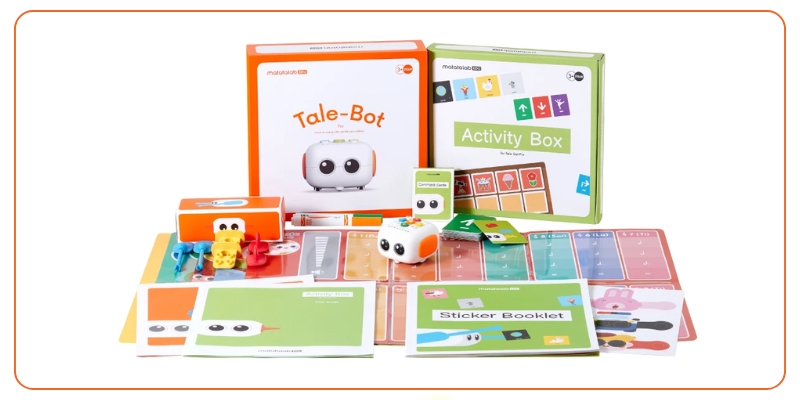
Scratch vs Python for Kids: Which Coding Language Is Easiest to Start With?
In today’s digital-first world, coding is no longer an optional skill—it’s essential. Parents in the GCC, Middle East, and particularly the UAE, are increasingly realizing the importance of introducing coding at an early age. By 4th grade, many schools across the region have already integrated programming into their curriculum. In highly digitalized cities like Dubai, learning to code helps children prepare for a tech-driven future—where website development, game creation, and software engineering are just another part of everyday life.
But if you’re a parent just beginning this journey, the question is: Which coding language should my child start with? Among the many options, two beginner-friendly programming languages stand out—Scratch and Python. In this blog, we’ll compare Scratch vs Python for kids and help you decide which is the best fit based on your child’s age, learning style, and interests.
What Is Coding for Kids?
Coding is the process of writing instructions in a language that computers understand. There are over 300 coding languages, but only a few are suitable for beginners. Scratch and Python are two of the most popular introductory languages used in schools and online courses throughout Dubai and the GCC region. Both languages are effective learning tools, but they offer different experiences and learning curves.
Scratch: Visual, Fun, and Perfect for Beginners
Scratch is a free, block-based programming language created specifically for children. Instead of typing lines of code, kids use colorful blocks to create animations, stories, and games. This visual approach makes it easier for younger learners to understand logic and sequencing without the intimidation of syntax errors.
Benefits of Scratch for Kids:
- Ideal for Ages 7–12
- Drag-and-drop interface makes coding fun and intuitive
- Immediate visual feedback keeps children engaged
- Builds a strong foundation in logical thinking and problem-solving
- Supported by a vast online community with countless free resources,
Because of its simple structure, Scratch is often the first programming language taught in classrooms. It introduces kids to the core concepts of programming—such as loops, variables, and events—without overwhelming them.
Python: Real-World Coding for Curious Young Minds
Python is a text-based programming language known for its clean syntax and readability. It is widely used in professional settings, from web development and game design to artificial intelligence and machine learning. While it’s more complex than Scratch, Python is still beginner-friendly and often introduced to kids aged 12 and above.
Benefits of Python for Kids:
- Best for Ages 11+ or kids with prior coding experience
- Teaches real-world programming concepts and practices
- Opens doors to advanced tech topics (AI, robotics, web apps)
- Offers long-term career advantages
- Supported by numerous libraries, tools, and online communities
Though Python requires more patience and attention to detail, it appeals to kids with analytical thinking skills who enjoy solving logical problems and building more complex projects.
Why Not Start With Both?
Many parents choose to begin with Scratch and later transition to Python. This gives children a fun and stress-free introduction to coding, while also preparing them for more advanced languages as they grow. The good news? Both Scratch and Python are free, supported by active communities, and offer a wide range of tutorials and online classes tailored for children.
How LEGO Makes Coding Even More Fun
LEGO® has combined the excitement of building with the power of coding through its LEGO® Education SPIKE Prime Set. Using Scratch-based programming, children can build robots and bring them to life with simple code. These lessons support STEAM learning (Science, Technology, Engineering, Arts, and Math) and are designed to be completed within 45 minutes—perfect for classroom or home use.
With projects ranging from beginner to advanced, LEGO® SPIKE Prime helps kids build critical thinking, creativity, and coding confidence in a fun, interactive way.
Final Thoughts: Which Coding Language Is Right for Your Child?
If your child is just starting out and enjoys visual learning and storytelling, Scratch is the best place to begin. If they’re older, more analytical, and ready to type real code, Python is the next logical step. No matter where you start, remember that the goal is to make coding a fun and engaging experience.
Tip: Start with your child’s interests and learning style, and choose a language that matches their comfort level. There’s no wrong choice—just different pathways to the same destination: future-ready tech skills.









Recent Comments